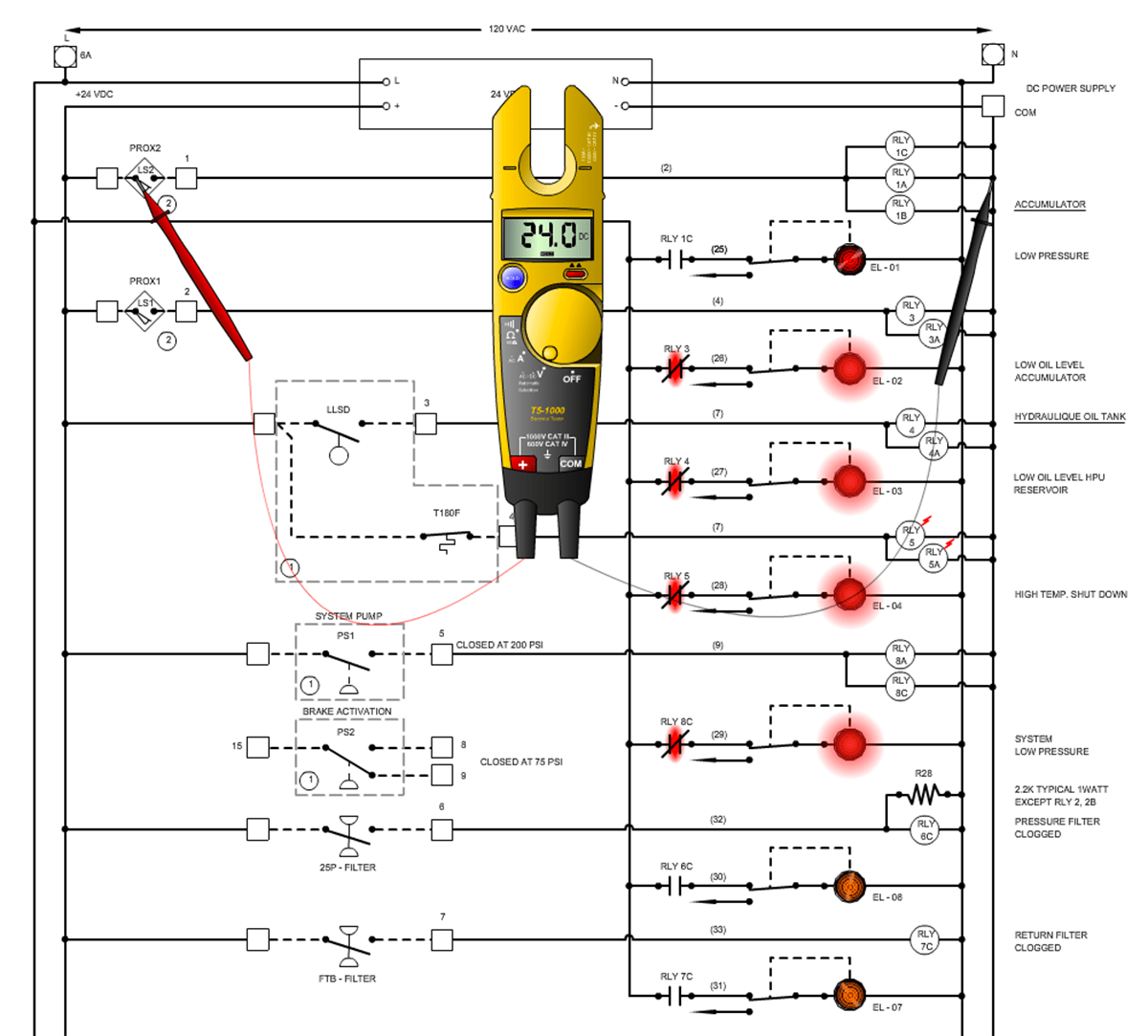Leading Tips for Effective Electric System Troubleshooting
Troubleshooting electric systems needs a systematic strategy, based in a thorough understanding of electric concepts and security procedures. By acquainting oneself with circuit components, utilizing essential tools, and sticking to a structured analysis technique, specialists can successfully determine and settle issues. The nuances of reliable fixing extend past simple technical understanding; understanding exactly how to record findings and prioritize safety can significantly affect results. As we discover these essential components additionally, it ends up being clear that mastering this procedure is not simply beneficial but important for success in the area.
Understand the Fundamentals
Comprehending the fundamentals of electric systems is crucial for reliable troubleshooting, as a strong foundation enables technicians to identify and solve concerns more successfully. An extensive grasp of electric concepts, such as voltage, current, resistance, and power, is crucial in recognizing the origin of problems. Voltage is the electric prospective difference that drives present through a circuit, while resistance opposes the circulation of present, influencing the general performance of the system.
Knowledge with circuit parts, including resistors, capacitors, diodes, and switches, is additionally critical. Each element plays a distinctive role in circuit behavior and can affect efficiency when malfunctioning. In addition, recognizing series and identical circuit setups is essential, as these arrangements affect the circulation of voltage and existing within the system.
In addition, knowledge of safety procedures is indispensable. Service technicians have to understand possible risks, such as shock and brief circuits, to carry out safe troubleshooting techniques. By understanding these foundational concepts, service technicians enhance their capacity to carry out reliable diagnostics and repairs, eventually leading to boosted efficiency and dependability of electrical systems. This foundational knowledge is the cornerstone of effective fixing endeavors.
Gather Necessary Devices
Reliable troubleshooting of electric systems calls for the ideal set of devices to identify and settle problems properly. Essential tools include a multimeter, which measures voltage, current, and resistance, allowing for specific analyses of electric elements.
In addition, insulated hand tools such as screwdrivers, pliers, and cord pole dancers are critical for safely controling electrical connections. It is additionally suggested to have a circuit tester available to verify the presence of voltage in outlets and cables. For more complex systems, a thermal imaging camera can assist spot overheating components, suggesting potential failings.

Comply With a Systematic Approach
Having collected the proper tools, the next step in troubleshooting electric systems is to adhere to a methodical strategy. A methodical technique makes sure that service technicians can determine faults effectively and properly, reducing downtime and avoiding unneeded repair services.
Begin by assessing the system's schematic layouts and requirements. Recognizing the design and functional specifications will certainly give context for identifying issues. Next off, isolate the trouble location by utilizing a procedure of elimination. This entails monitoring each element methodically, beginning with the source of power and working in the direction of the tons.
Make use of testing tools, address such as multimeters and oscilloscopes, to gather unbiased data about voltage, existing, and resistance at different factors within the system. This empirical proof will certainly guide your troubleshooting initiatives and aid to confirm or remove possible reasons of failing.
In addition, think about environmental aspects that might influence the system's performance, such as temperature level click site fluctuations or wetness access. A detailed assessment of electrical wiring, connections, and elements will certainly make certain that all opportunities are made up.
Record Your Searchings For
Extensive documents is necessary in the repairing process of electric systems. Accurate documents improve the performance of determining reoccuring problems and help with communication amongst team members. Each searching for should be meticulously noted, consisting of symptoms observed, examinations conducted, and the results of those tests. electrical system troubleshooting. This technique not just aids in comprehending look at more info the source of the issue however additionally serves as a referral for future troubleshooting efforts.

In addition, maintaining a log of components replaced or repair work carried out is very useful. This details sustains supply monitoring and can assist evaluate the longevity and integrity of certain parts.
Ultimately, the documentation procedure need to be complete yet concise, enabling easy access and testimonial - electrical system troubleshooting. By prioritizing thorough documents, technicians can produce a useful data base that not only help in present troubleshooting yet additionally encourages future maintenance initiatives, thus boosting total system integrity

Prioritize Precaution
Recognizing the fundamental dangers related to electric systems is critical for ensuring safety during troubleshooting. Electrical shock, burns, and tools damage are simply a few of the prospective risks that service technicians encounter. Focusing on precaution is not only a legal commitment yet also a moral important that safeguards both the technician and the surrounding atmosphere.
Before starting any troubleshooting job, technicians should wear ideal personal safety devices (PPE), consisting of shielded gloves, shatterproof glass, and flame-resistant apparel. Making sure that the workspace is completely dry and devoid of mess can substantially decrease the danger of accidents. Additionally, it is essential to de-energize circuits before beginning any job, verifying that they are not live with making use of a multimeter or voltage tester.
Developing clear communication methods with team members is likewise important; this makes sure that everybody is mindful of prospective hazards and the condition of the electric system being serviced. Having an emergency action strategy in location can show invaluable in the event of a case. By focusing on security measures, technicians can properly minimize threats and promote a safer workplace.
Final Thought
Reliable electric system troubleshooting depends on a thorough understanding of basic principles and a systematic strategy. Prioritizing safety steps guarantees the health of people entailed and the honesty of the electric system.